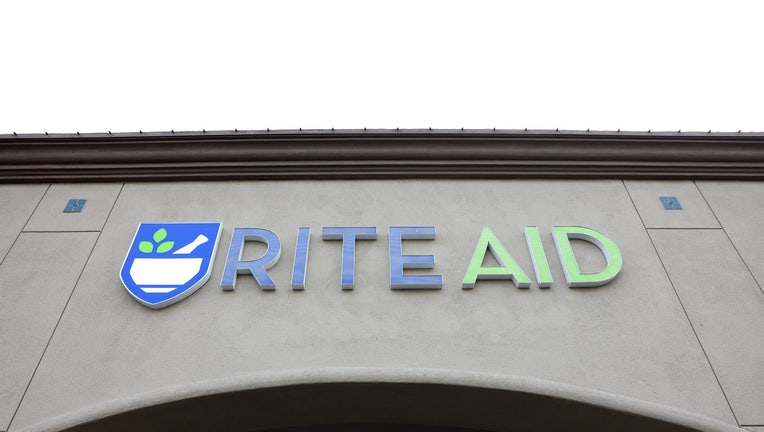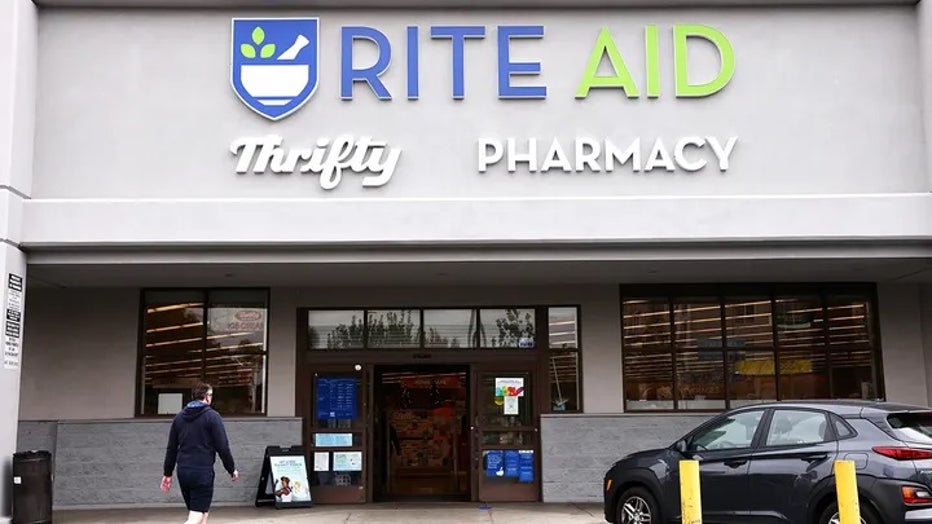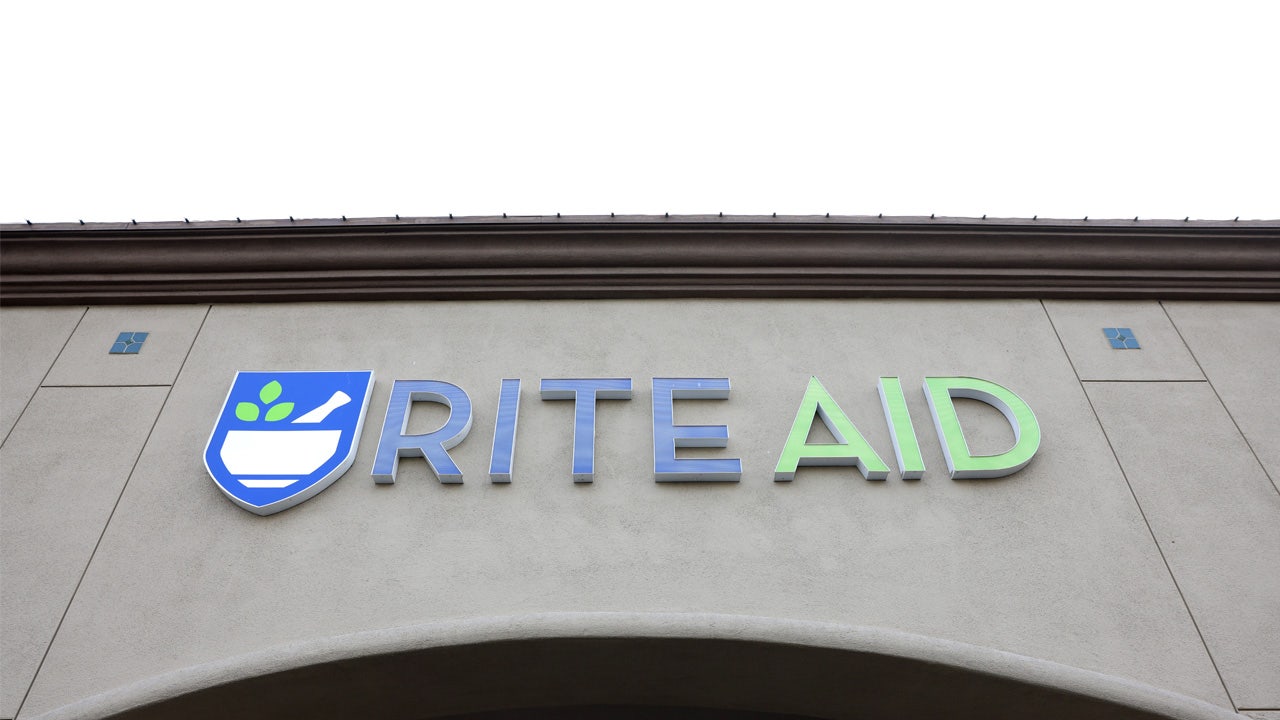 article
article
REDONDO BEACH CA OCTOBER 16, 2023 Pharmacy chain Rite Aid said Sunday that it has filed for bankruptcy and obtained $3.45 billion in fresh financing as it carries out a restructuring plan while coping with falling sales and opioid-related lawsuits. *
NEW YORK – Rite Aid, which filed for bankruptcy protection twice in less than two years, is shuttering dozens of additional stores from its existing portfolio, including locations in New York and New Jersey.
By the numbers:
A bankruptcy court in New Jersey approved an order earlier this month allowing Rite Aid to move forward with plans to close 114 additional stores and sell its assets as part of its second bankruptcy proceedings. According to a filing with the United States Bankruptcy Court for the District of New Jersey, here’s the number of Rite Aid stores closing per state:

A person walks into a Rite Aid store in Los Angeles on Dec. 22, 2021. ( Mario Tama/Getty Images / Getty Images)
- Pennsylvania: 42
- California: 27
- New York: 13
- New Jersey: 11
- Maryland: 2
- Washington: 7
- Delaware: 3
- Connecticut: 2
- Vermont: 2
- New Hampshire: 1
- Idaho: 1
- Ohio: 1
The backstory:
Back in May, Rite Aid announced Chapter 11 proceedings – only eight months after exiting its first bankruptcy protection.
The pharmacy chain was driven to file for protection in 2023 due to mounting debt and sluggish sales from heightened competition coupled with hundreds of lawsuits connected to its role in the opioid crisis. Rite Aid quickly initiated a store optimization plan that involved immediately closing 154 of its 2,284 stores.
Over the course of the restructuring, Rite Aid closed hundreds of additional stores, leaving it with a footprint of about 1,245 locations by the time of its subsequent bankruptcy filing.
Its first restructuring reduced the U.S. pharmacy chain’s debt, although it still had $2.5 billion in liabilities when it emerged as a private company owned by its lenders in 2024. The company also failed to address its long-term business challenges of inflationary pressures and increased competition by pharmacy chains Walgreens, CVS, Walmart and Amazon.
